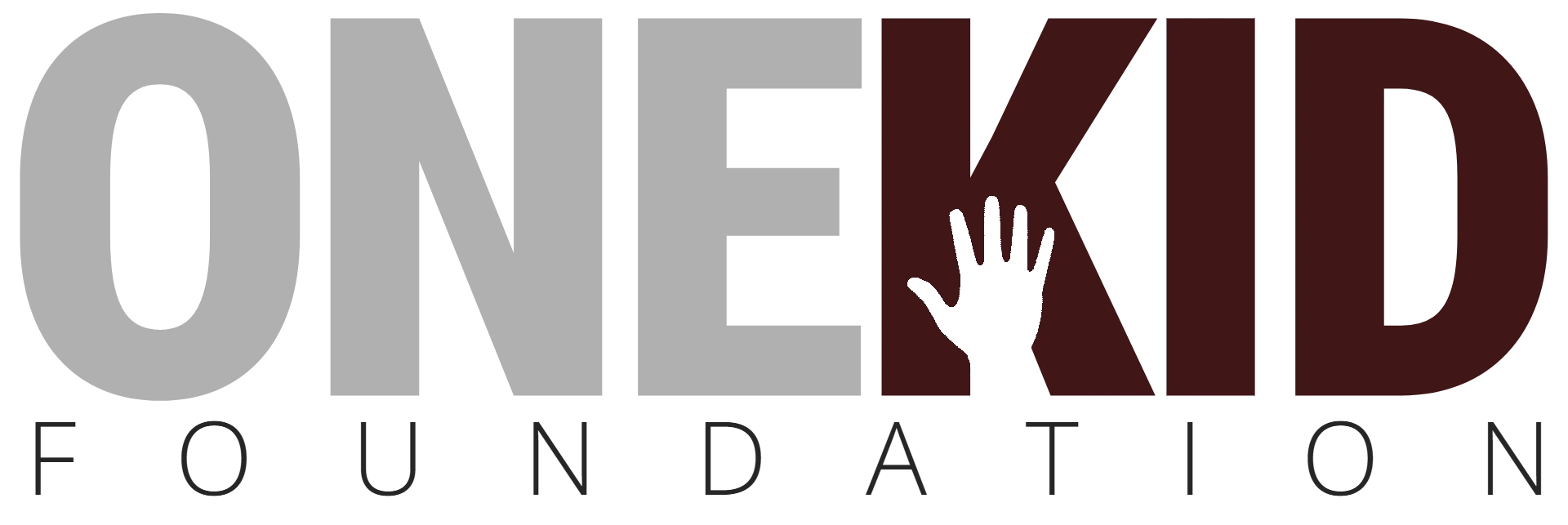Each year, an estimated 4.2 million youth and young adults experience homelessness in the United States, according to a national study by Chapin Hall at the University of Chicago (2017). Of these, 700,000 are unaccompanied minors—children and teens navigating survival on the streets without the safety, guidance, or protection of a parent or guardian.
While the headlines often highlight global trafficking networks, the domestic pipeline of vulnerable children into exploitation starts much closer to home. These are our neighbors' children, classmates, and teens in foster care. They're couch-surfing, sleeping in cars, or staying in shelters—often unseen by systems that are supposed to protect them.
How Homelessness Leads to Exploitation
Homelessness doesn’t just mean lacking a place to sleep. It means lacking choices. Traffickers know this. They prey on desperation and use false promises of food, shelter, or emotional support to lure youth into dangerous situations.
A 2016 study by Covenant House and Loyola University found that nearly 1 in 5 homeless youth are victims of human trafficking. Many are recruited within 48 hours of becoming homeless.
Factors that increase risk include:
Aging out of foster care without a stable transition plan.
Family rejection, especially for LGBTQ+ youth.
Prior abuse, neglect, or sexual assault.
Lack of access to services, ID, or safe employment.
The Role of the ONEKID Foundation
At ONEKID Foundation, we recognize that intervention must begin before exploitation occurs. That’s why our work with homeless and at-risk youth is a core part of our mission. Here's how we respond:
1. Street-Level Outreach
We deploy trained outreach teams—often in collaboration with local organizations and law enforcement—into high-risk areas. These teams build trust with unhoused youth, distribute resource kits, and help them connect with crisis services.
2. Rapid Response Intake & Safe Placement
When a youth is identified as at risk, ONEKID helps facilitate immediate safe housing placement, either through emergency shelters, transitional programs, or vetted care providers. This minimizes the “gap window” traffickers exploit.
3. Digital Safety & Hotspot Monitoring
Our tech-driven intelligence tools allow us to track online patterns of grooming and targeting—especially around runaway forums, social media, and escort sites. We share threat intel with law enforcement and notify agencies when we identify patterns involving homeless youth.
4. Partnership with Schools and Agencies
We train educators, nurses, and frontline workers in signs of trafficking, including those that often present subtly in homeless or couch-surfing youth—truancy, new cell phones, drastic behavior change, unexplained money, or older "boyfriends."
Prevention Starts with Awareness
Homeless youth are not invisible by choice—they are rendered invisible by a society that too often fails to ask where they sleep, who’s caring for them, or how they’re surviving. Prevention doesn’t only require beds and meals—it demands vigilance, policy reform, and real-time action.
How You Can Help
Support shelters that accept unaccompanied minors.
Report suspicious activity involving young people in vulnerable settings.
Donate to organizations like ONEKID that specialize in outreach, intel, and recovery.
"A child who disappears from home shouldn't disappear from our concern."
— ONEKID Foundation
Together, we can break the link between homelessness and human trafficking—one safe night, one intervention, one kid at a time.
